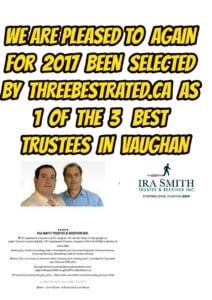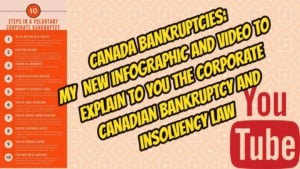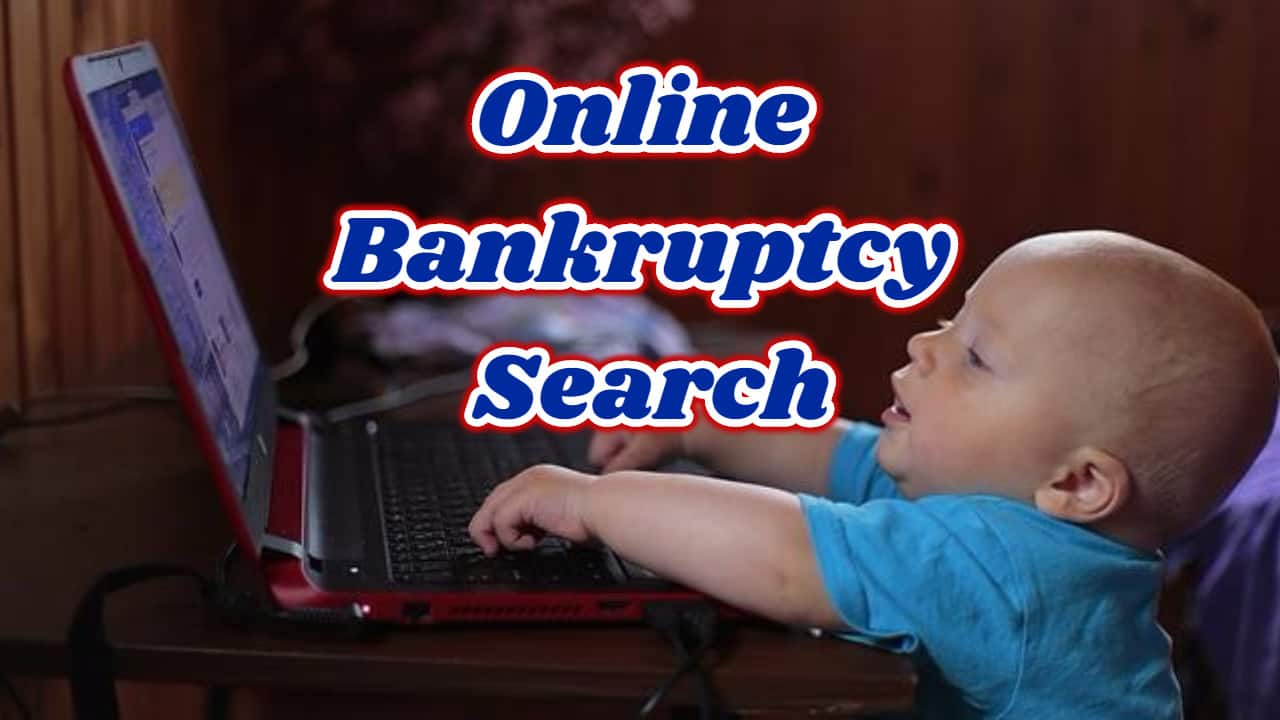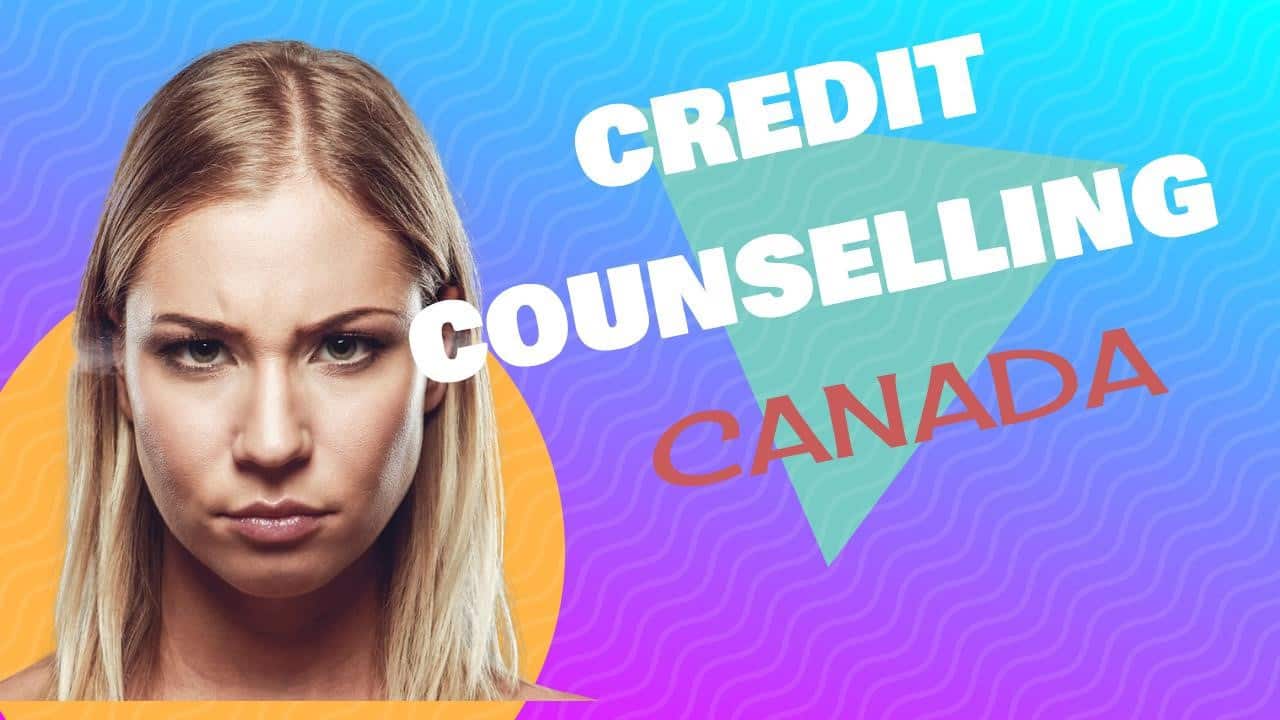
If you would prefer to listen to the audio version of this credit counselling Canada Brandon’s Blog, please scroll down to the bottom and click on the podcast
Introduction
Like many people, I have set up various Google News alerts. Mine are mostly on the topic of insolvency. I have done this so that whenever a news article is posted on the topic, I will be alerted. One of the alerts I have set up is for the term “credit counselling Canada”. Last week I have noticed that a fair bit of bankruptcy online chatter.
The posts being promoted include:
- Ontario Consumer Proposal
- What is the Office of the Superintendent of Bankruptcy?
- Bankruptcy Trustee, Creditor & Debtor
- Bankruptcy
- Bankruptcy Toronto
- Bankruptcy Discharge in Canada
- What is a Consumer Proposal
I have taken a look at the posts. Generally, they are very accurate.
Unscrupulous debt consultants
I was very happy to see some of the posts warning against going to the unscrupulous debt consultants that I have written about before. The Office of the Superintendent of Bankruptcy (OSB) has also warned against them.
The purpose of this Brandon’s Blog is to comment and shed light on several comments in their recent busy online articles that I think are slightly misleading.
Consumer Proposal Ontario
In the Ontario consumer proposal blog, it is stated that a consumer proposal can only be arranged and administered by a bankruptcy trustee (now called a licensed insolvency trustee) (Trustee) which is true. They then go on to state what the cost of a consumer proposal is, that you need to pay an initial setup fee. They also state that the Trustee will also keep 20% of all of your consumer proposal payments.
This is misleading. The way I read it, is they claim you will have to pay a Trustee a setup fee, their fee and an additional 20%. This is not correct. In reality, the Trustee’s fee is a fixed tariff set by the Bankruptcy and Insolvency Act (Canada) (BIA). The fee and disbursements of the Trustee are set in the statute. It is illegal, for the Trustee to collect anything above and beyond the statutory tariff.
The reality is that the Trustee’s fee and disbursements, set by a tariff, come out of the person’s consumer proposal payments. The consumer proposal payments are calculated off of what your creditors can expect in that person’s bankruptcy. Whatever that amount is, the bankruptcy law says that the amount offered in the consumer proposal must be higher. Therefore, the amount a person must offer to get creditor buy-in to accept the consumer proposal has zero relationships to the Trustee’s fee and disbursements.
As the Trustee is entitled to take its capped fee and disbursements from the consumer proposal fund, rather than costing the person, the Trustee’s fee and disbursements are actually free to the insolvent debtor!
Bankruptcy Trustee, Creditor & Debtor
The blog I read on this topic discussed is pretty accurate. The only issue I take is that when describing the role of the Trustee, they pull out the old scare tactic that although the Trustee makes sure that the rights of the debtor are not abused, the Trustee acts for your creditors. This is technically true but overlooks the role of the Trustee as a credit counsellor before the debtor decides whether or not to file either a consumer proposal or for bankruptcy.
In my professional practice, before I allow anyone to file for bankruptcy, I provide an exhaustive and detailed analysis of the person’s financial situation. I first ask the person to explain the issues and financial crisis they are facing which is upending their life. We then together look at their assets, liabilities and income so that I can come up with realistic options. We then discuss the options available and I explain the advantages and disadvantages of each. Then I provide my recommendation. All of this is done in an initial consultation and is no charge to the person.
If they wish to explore the options we discussed more seriously, I then have them complete our standard intake form called the Debt Relief Worksheet. That document when fully completed and provided to me with appropriate backup, allows me to confirm my initial diagnosis and recommendations. Then it is up to the debtor to make their choice as to how they wish to proceed.
After going through this process, with everything fully explained by me, there are no surprises. If the debtor follows my advice, they will have either a successful debt settlement consumer proposal or will discharge their debts through the bankruptcy process. During and after this entire process, the debtor does not feel that I am biased against them in favour of their creditors. Although I have acted formally on behalf of their creditors, the debtor thanks me for saving them and allowing them to restart their lives.
Personal bankruptcy Toronto
The blog I read on personal bankruptcy, part of a credit counselling Canada series, said that people will tell you that bankruptcy eliminated all of their debts. They then ask the question: Did they tell you that it is not possible for everyone? The obvious answer is no because someone who eliminated all of their debts isn’t worried about someone else’s situation and distinctions.
The three types of debts given as examples that cannot be eliminated by a discharge from bankruptcy are:
- Secured debts, like mortgages and car loans
- Student loans where you have ceased being a full-time or part-time student less than 7 years ago
- Child and alimony support payments
This is all true. When I counsel debtors during the free consultation, we review issues like this. We discuss all of the person’s debts, which can be discharged and which cannot be. Just because a certain debt on its face cannot be discharged through bankruptcy, does not mean that the person cannot properly avail themselves of an insolvency process and improve their financial position in life.
Specifically, with secured debt, I attack it from the perspective of can you afford to keep paying that debt, or should you keep paying it. If the home is fully encumbered and there is no or little equity, perhaps renting is a cheaper alternative. We go through the same analysis for a car loan.
In some cases, it might make sense for the person to give up the asset to the mortgagee/lender and allow them to make a demand on the debtor for the shortfall. A shortfall happens when the lender sells the asset but the market will only pay less than the secured debt owing. The lender’s loss is the shortfall. They can pursue the debtor for the loss.
That lender loss, or shortfall, is now an unsecured debt. The person has hopefully found a car they can afford and home, condo or apartment to rent they can afford in their budget. They have now turned the secured debt into an unsecured shortfall claim. That unsecured debt can be discharged through either a consumer proposal or bankruptcy process.
So just because a secured debt cannot be discharged in bankruptcy, it doesn’t mean the person can afford or should keep that debt and continue making payments. They may have a better way to live while then being able to discharge their debts through an insolvency process.
Bankruptcy Discharge in Canada
The blog I read on bankruptcy discharge does not say too much about the bankruptcy discharge process. Rather, they do focus on the dangers of not getting a discharge and remaining undischarged bankrupt.
Everything they say on the topic is true. However, I believe it does leave out a lot of information. In my experience, if someone follows my advice and lives up to all of their obligations during the lifetime of their bankruptcy, then they are not going to have a problem with discharge. It really is only those who try to “game” the system, do not fully cooperate and refuse to make full and transparent disclosure who have problems.
That is how the BIA is designed to work. You are asking your creditors to forgo a lot of the debt you owe them. In return, you have to be fully cooperative and make full disclosure, so that every stakeholder in the bankruptcy process knows that it has been a fair process.
In all of the personal bankruptcies I have administered, it is a very small minority who have a problem with discharge. In all cases, it is their past behaviour or their lack of full disclosure in bankruptcy that has caused the problems, not the bankruptcy process itself.
Summary
I hope you enjoyed this Brandon’s Blog on credit counselling Canada. Are you or your company in need of financial restructuring? The financial restructuring process is complex. The Ira Smith Team understands how to do a complex corporate restructuring. However, more importantly, we understand the needs of the entrepreneur. You are worried because your company is facing significant financial challenges. Your business provides income not only for your family. Many other families rely on you and your company for their well-being.
The stress placed upon you due to your company’s financial challenges is enormous. We understand your pain points. We look at your entire situation and devise a strategy that is as unique as you and your company’s problems; financial and emotional. The way we deal with this problem and devise a corporate restructuring plan, we know that we can help you and your company too.
We know that companies facing financial problems need realistic lifeline. There is no “one solution fits all” approach with the Ira Smith Team. That is why we can develop a company restructuring process as unique as the financial problems and pain it is facing. If any of this sounds familiar to you and you are serious in finding a solution, contact the Ira Smith Trustee & Receiver Inc. team today.
Call us now for a free consultation. We will get your company back on the road to healthy stress-free operations and recover from the pain points in your life, Starting Over, Starting Now.
[monkeytools msnip=”https://monkeyplayr.com/playr.php?u=5173&p=21731″]

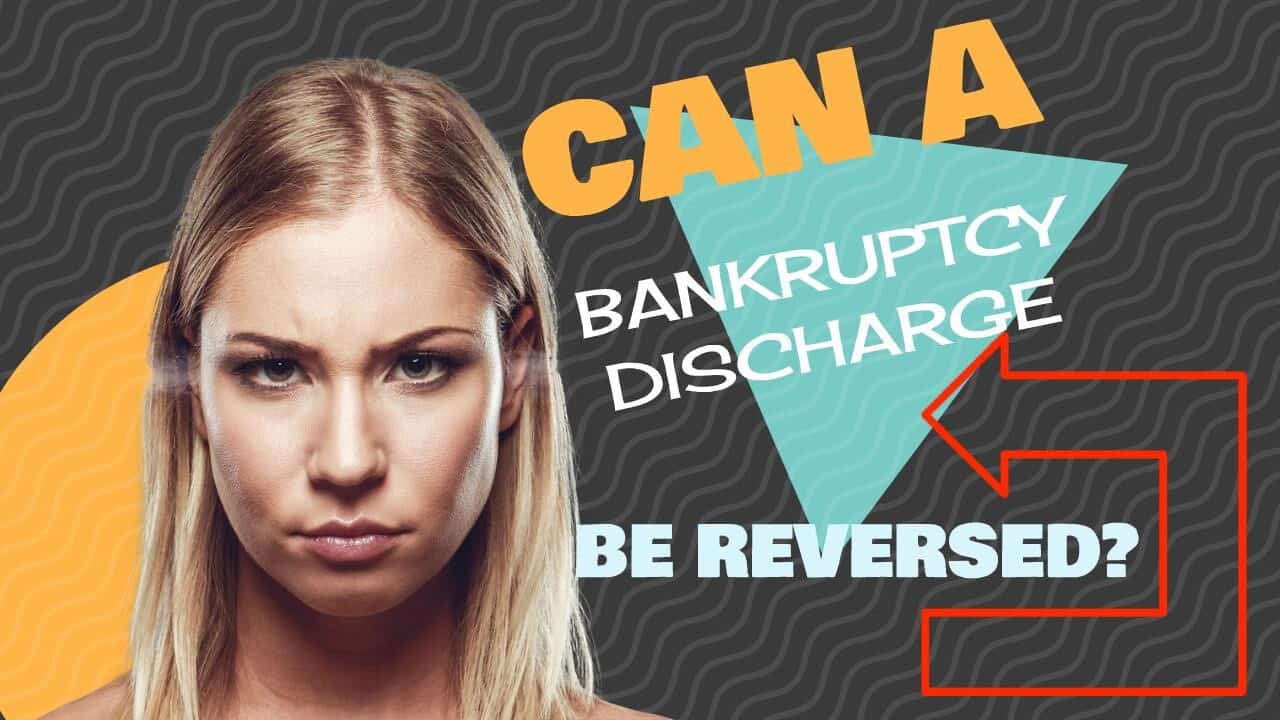
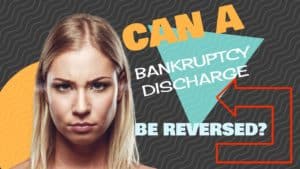
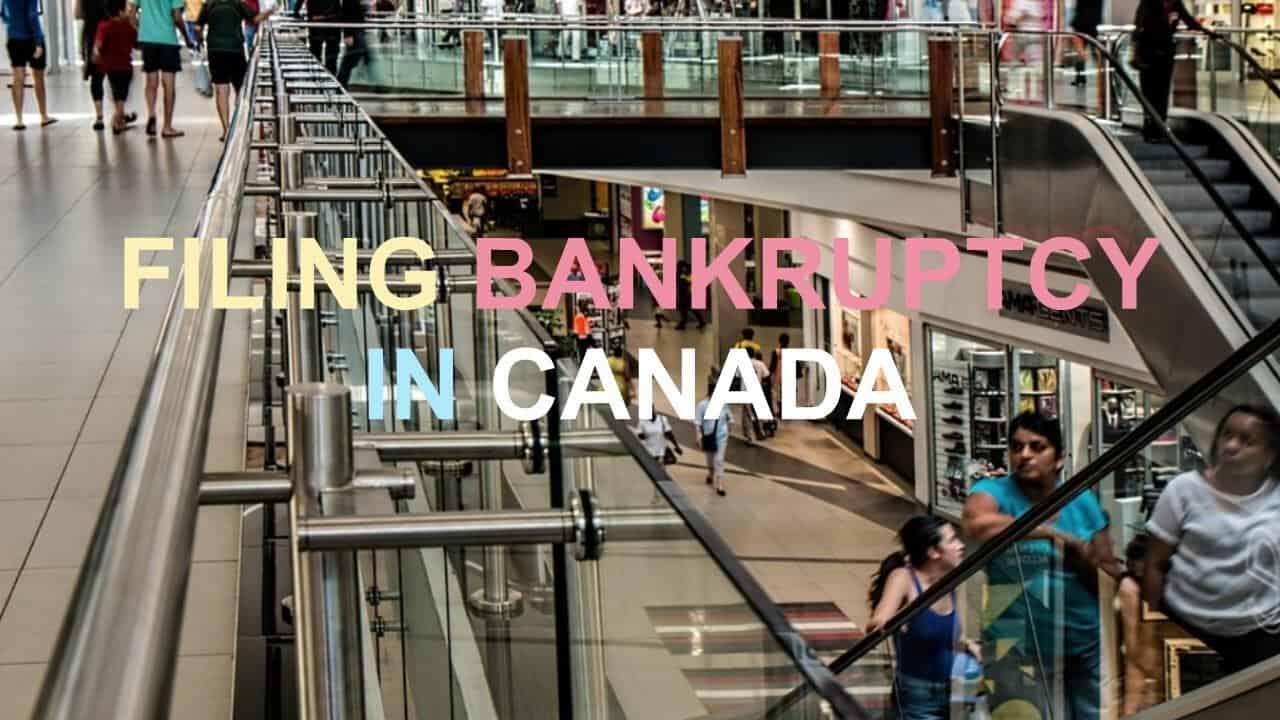





 : Introduction
: Introduction
